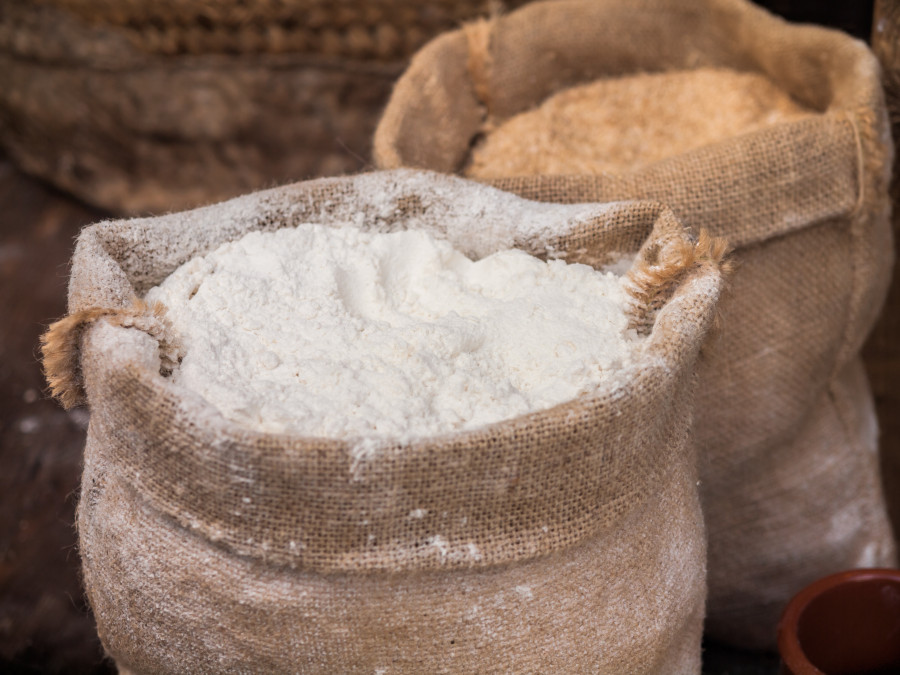Health
Health Ministry seeks Rs 230 million to distribute fortified flour in flood-hit Province 2
The programme is expected to benefit 300,000 children under two years of age, pregnant women and new mothers.
Arjun Poudel
In the second week of July, most of the districts of Province 2 were inundated by floodwater. Dozens of people died; hundreds were injured and displaced from their homes due to flood and landslides triggered by incessant rainfall.
Crops planted by the locals in the affected districts were either destroyed or damaged by floodwater.
Since then people in the region have been facing a different problem: drought-like conditions, as the entire region has not witnessed proper rainfall for over a month, according to Ishrajul Khan, a nutrition focal person serving at Provincial Health Office in Rautahat.
“The number of severe malnutrition cases has risen significantly in our districts after the flood,” Khan said. “Problems will increase in the coming months, as people do not have sufficient food to eat.”
According to Mahesh Sah, chief of Province Health Office, Rautahat, Muslim families—over 40 percent of the total population in the district—will likely face severe shortages of food.
“Guess what will be the nutrition condition of a woman who gave birth to 10 to 12 children?” he said. “With very high birth rates, most Muslim families have over half a dozen children, and will have a lot of mouths to feed.”
Rautahat lies in between the Lalbakaiya and Bagmati rivers and every time the rivers swell, floods damage crops, kill and injure locals. They are often compelled to take refuge in schools, community buildings or other safe zones. As the district does not have proper irrigation facility, farmers depend on erratic rainfall to grow their crops. The outcome is uncertain every year for many families—and especially children—either due to floods or drought-like conditions.
Condition of other districts of the province is not too different. Despite these districts of the Tarai being known as the food basket of Nepal, the nutritional status of many families are quite grim.
Statistics also make grim reading. Chronic wasting is highest in these districts, which reflects the poor nutritional status of women during pregnancy and after childbirth.
Several studies carried out by the Family Welfare Division under the Department of Health Services as well as non-governmental agencies lend additional support: Malnutrition problems become severe after flooding in the Tarai.
Sensing the urgent needs, the division has decided to distribute nutritious flour in the eight districts of Province 2.
“We have demanded Rs230 million to distribute nutrient flour to children under two years of age, pregnant women and lactating mothers,” Dr Bhim Singh Tinkary, director at the division told the Post. “We will start distributing the flour once we get the budget.”
The division said that over 300,000 children, pregnant women and lactating mothers in the province would directly benefit from this initiative.
The Health Ministry has been distributing nutrient flour in five districts of Karnali Province and Solukhumbu district of Province 1 to address chronic malnutrition problems.




 13.12°C Kathmandu
13.12°C Kathmandu














